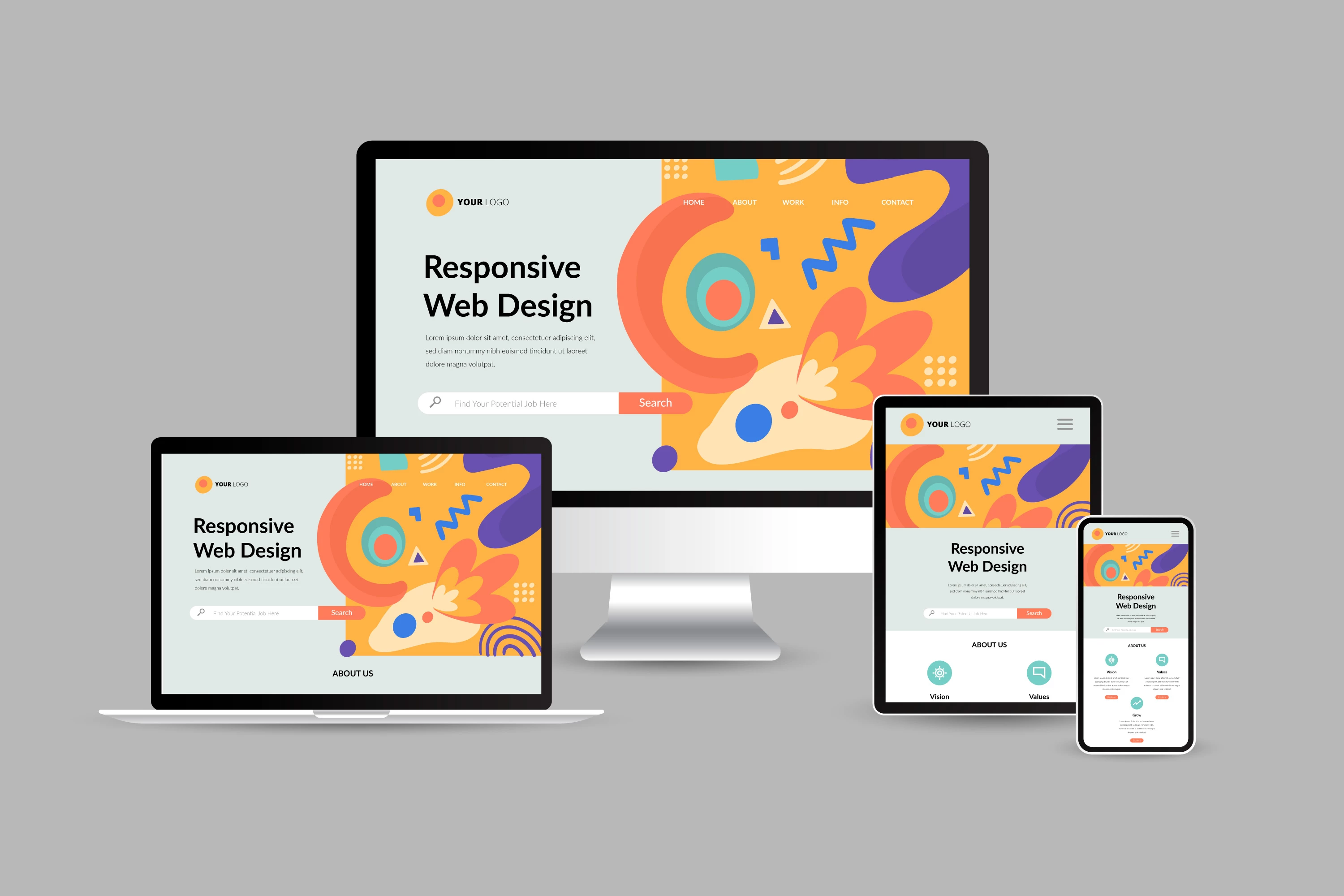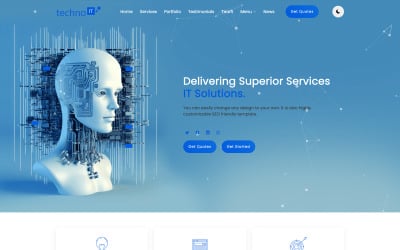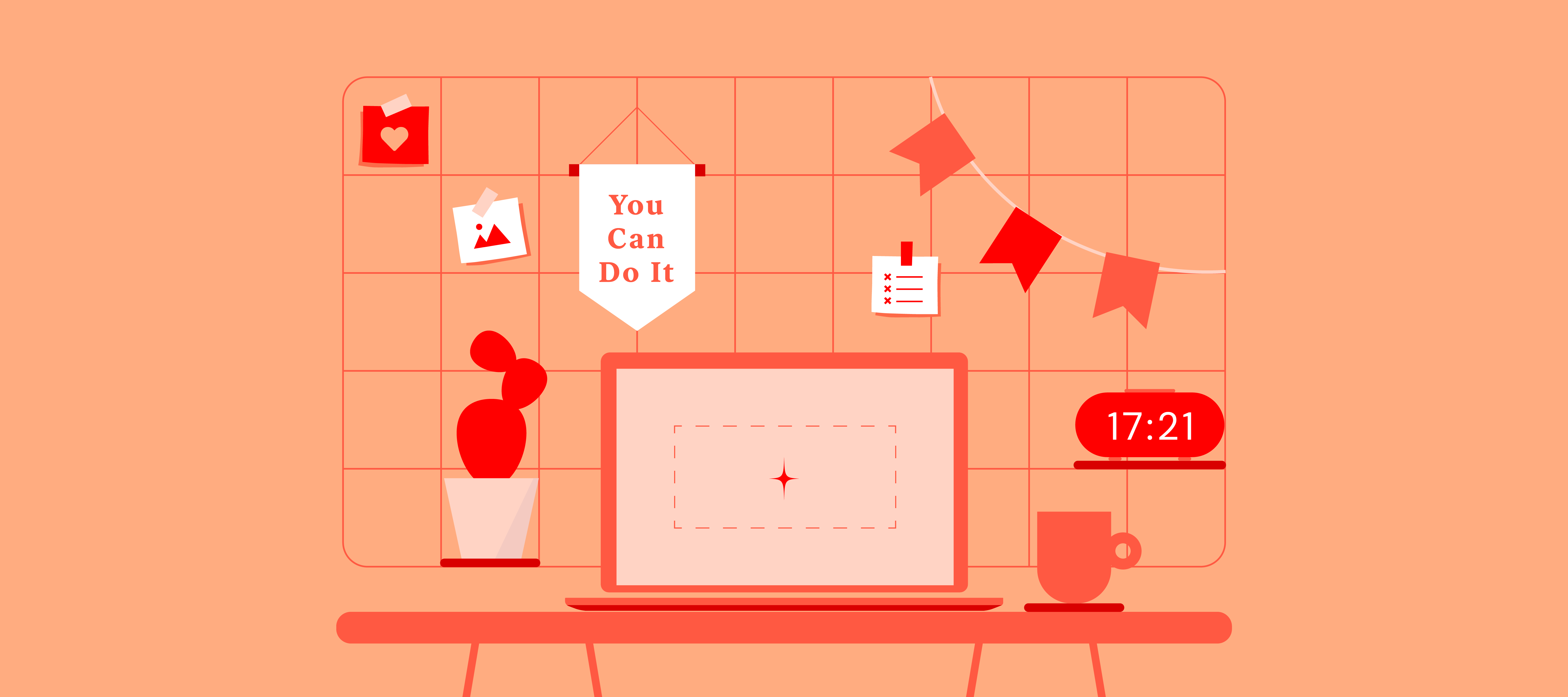Leading Tips for Producing an Impactful Web Site Style That Converts
In today's digital landscape, the value of an impactful internet site style can not be overemphasized, specifically when it comes to converting site visitors into clients. To attain this, one need to take into consideration a range of factors, consisting of recognizing the target market, prioritizing customer experience, and optimizing for mobile platforms. The tactical usage of engaging call-to-actions and a well-defined visual pecking order plays an essential role in guiding customers with their journey. As we explore these vital components, it becomes apparent that the success of your website rests on greater than just visual appeal; it needs a thoughtful strategy to design and functionality.

Understand Your Target Audience
Comprehending your target audience is basic to efficient internet site layout, as it prepares for producing an engaging customer experience. Determining that your customers are, including their demographics, choices, and habits, makes it possible for developers to customize the internet site's content, format, and capability to fulfill certain demands.
Performing comprehensive market research is crucial in this procedure. Studies, interviews, and analytics can supply important insights right into individual expectations and pain factors. By compiling this data, designers can develop user personas that represent different sectors of the audience, making sure that design decisions are educated and appropriate.
Moreover, understanding the target market assists in selecting suitable style elements such as color design, typography, and images that reverberate with users. An internet site that speaks directly to its target market promotes a sense of connection and trust fund, motivating longer visits and greater conversion prices.
Inevitably, a user-centered technique to site design not just improves individual contentment however additionally sustains company objectives by driving interaction and commitment. By focusing on the needs and preferences of the target market, a website can efficiently offer its purpose and achieve desired results.
Prioritize User Experience
To improve the overall performance of a web site, prioritizing customer experience (UX) is essential (Website Design). A well-designed UX makes sure that site visitors can browse the website easily, discover info promptly, and engage with material meaningfully. This leads to enhanced individual fulfillment and higher conversion rates
Begin by implementing user-friendly navigation. Menus should be realistically structured, allowing customers to find key areas of the website with very little effort. Uniformity in design components, such as color design and typefaces, promotes knowledge, which is crucial for preserving individual interaction.
Additionally, consider the packing rate of your website. A delay of simply a few seconds can lead to considerable drop-offs, as individuals are much less likely to wait on a slow-loading page. Improving photos and optimizing code can enhance performance and preserve site visitors.
Furthermore, clearness in material presentation is vital. Usage concise, engaging language and separate text with visuals to enhance readability. By prioritizing user experience, you not only develop an extra satisfying atmosphere for visitors yet likewise enhance your brand's reliability. Eventually, a concentrate on UX is an investment in the lasting success of your site.
Optimize for Mobile Instruments
Optimizing for mobile gadgets is crucial in today's electronic landscape, where a boosting number of individuals gain access to websites via mobile phones and tablets. A mobile-friendly design not just enhances customer experience yet likewise plays a substantial function in boosting online search engine rankings. To accomplish this, it is vital to embrace a responsive style that instantly adapts to numerous display dimensions and positionings.

Packing rate is an additional vital variable; mobile individuals are normally less client and expect rapid accessibility to details. Optimize images and leverage internet browser caching to boost performance. Test your site on numerous gadgets and display resolutions to recognize and remedy any prospective usability problems. By prioritizing mobile optimization, you ensure that your internet site remains affordable and efficiently involves a wider target market.
Usage Engaging Call-to-Actions
An internet site's efficiency often pivots on its capability to direct visitors towards wanted actions, making compelling call-to-actions (CTAs) necessary components of design. CTAs serve as the pivotal points that direct individuals to involve with the site, whether address that means buying, registering for a newsletter, or downloading a resource.
To develop effective CTAs, quality is vital. Usage concise language that plainly communicates the activity you want the individual to take. Expressions such as "Begin," "Register Free," or "Shop Now" not only convey seriousness yet additionally remove obscurity. The positioning of CTAs is similarly crucial; why not try these out they ought to be strategically placed throughout the webpage to ensure they are quickly visible, especially in high-traffic areas.
In addition, the style of CTAs must stick out without being meddlesome. Employ contrasting shades and clear typefaces to guarantee they catch focus. Furthermore, consider using directional signs, such as arrows or pictures, to guide individuals toward these buttons. By concentrating on these elements, companies can considerably boost user interaction, driving conversions and inevitably accomplishing their internet site's goals.
Concentrate On Visual Power Structure
Efficient web site layout relies greatly on a well-structured aesthetic pecking order that overviews customers via web content flawlessly. By arranging aspects in a way that focuses on info, developers can improve individual experience and promote decision-making. This involves utilizing size, color, contrast, and spacing tactically to attract focus to the most vital parts of a page.
Making use of bigger fonts for headings and subheadings develops a clear distinction in between various sections, allowing customers to scan content easily. In addition, utilizing contrasting colors for buttons and calls-to-action can capture customer attention and urge communication. Whitespace is one more essential component; it protects against clutter and makes it possible for customers to focus on essential messages without interruptions.
Photos and graphics must complement the text while also sticking to the established pecking order, enhancing the general message (Website Design). Uniformity in design aspects, such as color pattern and typography, further strengthens YOURURL.com the visual power structure, making navigating instinctive

Conclusion
In conclusion, reliable site layout requires an extensive understanding of the target audience, prioritization of customer experience, and mobile optimization. Eventually, a well-executed website style serves as an important component in driving customer actions and achieving service objectives.